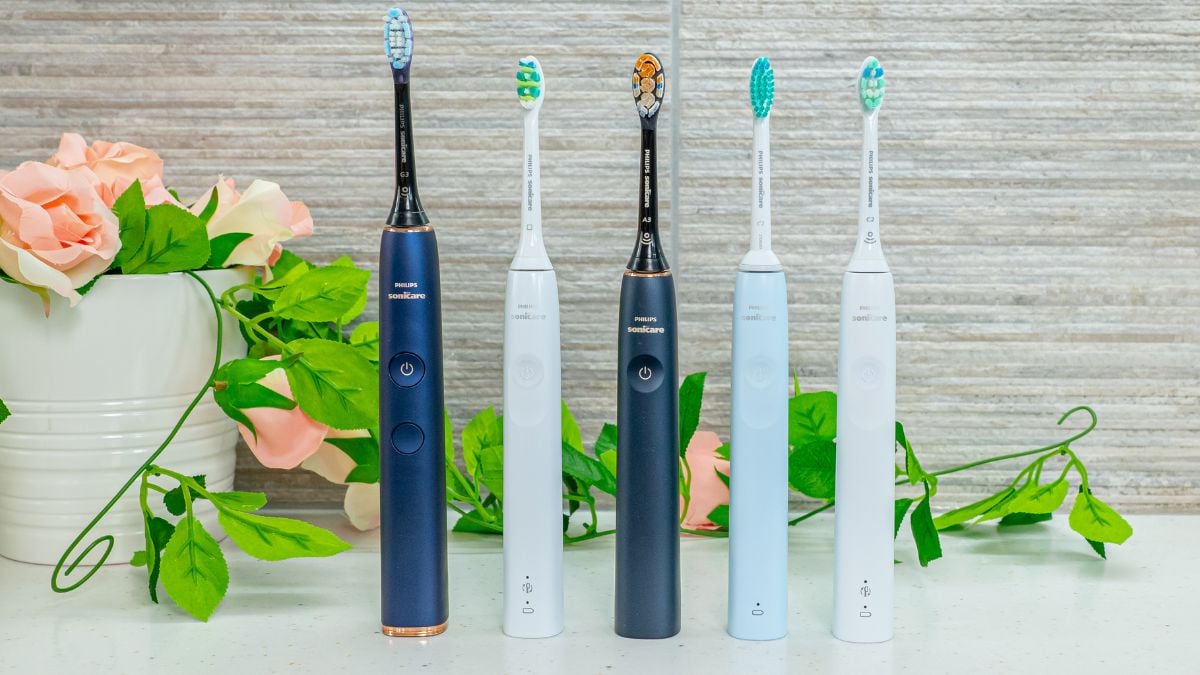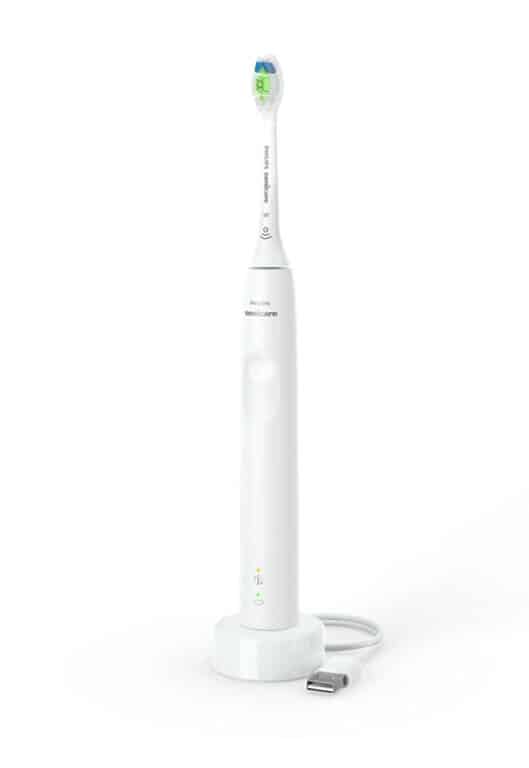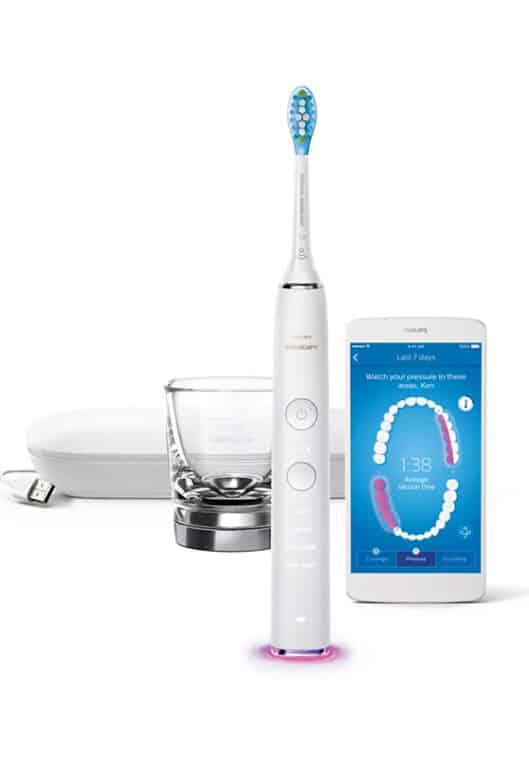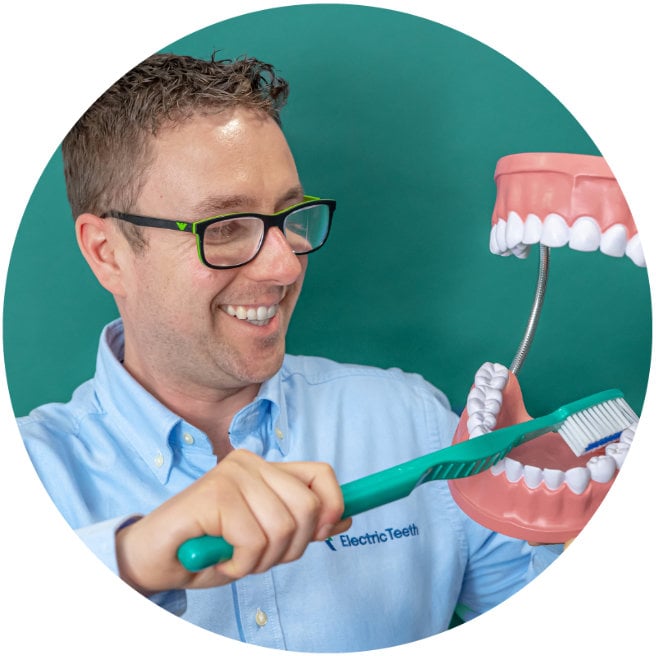
If you think the range of modern electric toothbrushes available is somewhat overwhelming, you are not alone.
We've spent hundreds of hours figuring out the differences, and still there are small details that are difficult to distinguish between.
To keep things simple, on this page we've included some resources that make it easy to tell the differences between the various Sonicare models available.
Our overall Sonicare recommendation
If you want a good Sonicare toothbrush that will get the job done without breaking the bank, we recommend the ProtectiveClean 4300.
This is actually the cheapest brush in the ProtectiveClean range and the one we rate as best value for money, all things considered.
It is our recommendation for the best Sonicare toothbrush, all things considered.

Naturally, as you move up the pricing range the number of brush features increases, but for us the 4300 more than covers the basics.
Sonicare comparison chart
Below is a table that highlights and compares key features and functions of the current range of Sonicare brushes.
If you need more detail on any of the brushes, read on or leave a comment.
| Number of cleaning modes |
| Clean |
| Sensitive |
| Gum |
| White |
| Deep Clean |
| Tongue |
| Other modes |
| Brushing intensities |
| Timer |
| Pacer |
| Pressure Sensor |
| Pressure Sensor Additional information |
| BrushSync |
| Battery life |
| Travel case included |
| Charging travel case |
| Bluetooth connectivity |
| Position tracking |
The most popular models have been included in the table above — other variants exist.
The Sonicare range explained
Within the Sonicare range are a number of sub-categories or series into which particular models fit.
Below we detail the names of each series and the key ways in which each differs.
This applies to most models, although odd models/exceptions may exist.
Elite Series ($)
- The essential features you require and no more.
- Satisfactory, but better options exist.
- 1 cleaning mode.
- Built-in 2 minute timer and 30 second pacer.
- The cheapest models.
2100 Series ($)
- The essential features you require and no more.
- Good, but better options exist.
- 1 cleaning mode.
- Built-in 2 minute timer and 30 second pacer.
- The cheapest models.
3100 Series ($$)
- The essential features, plus a little more.
- Good, but better options exist.
- 2 brushing intensities.
- Built-in 2 minute timer and 30 second pacer.
- Pressure sensor built-in (not visible).
- Mid-range brushes.
ProtectiveClean Series ($$)
- The essential features, plus a little more.
- Multiple cleaning modes.
- Built-in 2 minute timer and 30 second pacer.
- Pressure sensor built-in (not visible).
- Mid-range brushes.
ExpertClean Series ($$$)
- Premium handles with more features and accessories
- Multiple cleaning modes.
- Built-in 2 minute timer and 30 second pacer.
- Pressure sensor built-in (not visible).
- Smart toothbrushes with Bluetooth connectivity.
- Higher mid-range prices.
DiamondClean Series ($$$$)
- Top of the lin handles.
- Multiple cleaning modes.
- Built-in 2 minute timer and 30 second pacer.
- Pressure sensor built-in (not visible (with exceptions of DiamondClean Smart)).
- Smart toothbrushes with Bluetooth connectivity (select models).
- The most expensive of toothbrushes.
Prestige Series ($$$$$)
- Top of the line handles.
- Multiple cleaning modes.
- Built-in 2 minute timer and 30 second pacer.
- Visible pressure and scrubbing sensor built-in.
- Smart toothbrushes with Bluetooth connectivity.
- Encourages a simple and effective approach to oral care.
- Adapts based on your toothbrushing.
- The most expensive of toothbrushes.the most expensive of toothbrushes.












